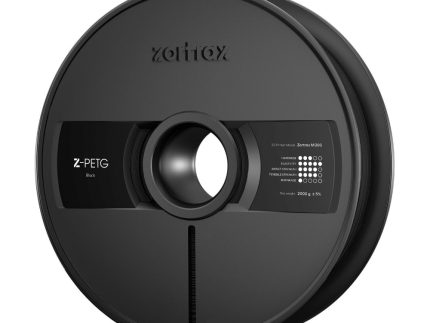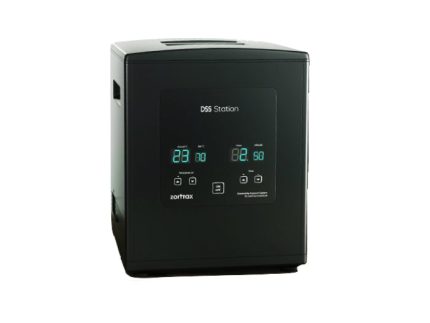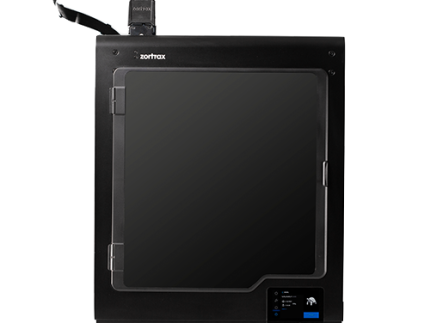Zortrax Z-PETG Filament Dedicated for Zortrax M200 Zortrax M200 Plus
Zortrax Z-PETG Filament Dedicated for Zortrax M200 Zortrax M200 Plus
Z-PETG filament combines glycol with standard PET material to eliminate brittleness. The result is improved durability and tensile strength. Z-PETG is an industrial-grade 3D printing material designed to work in extreme environments. It’s resistant to oils and greases. The filament doesn’t degrade over time and immune to UV light. Use it to test your prototypes in various industrial conditions. Low shrinkage allows to 3D print complex mechanical elements as well as final components. The material’s strength can be used to create working parts designed to endure stress like springs, shock absorbers, and manufacturing tools. Z-PETG is a robust solution for highly demanding professionals.
| Dedicated for | Container | Weight | Diameter |
|---|---|---|---|
| Zortrax M200 | spool | 800 g. ±5% | 1,75 mm |
| Zortrax M200 Plus |
| Key Properties | Metric | Imperial | Test Method |
|---|---|---|---|
| Izod Impact, Notched | 11.40 kJ/m2 | 5.42 ft-lb/in2 | ISO 180:2004 |
| Elongation at max Tensile Stress | 6.93% | 6.93% | ISO 527:1998 |
| Glass Transition Temperature | 104.1oC | 219oF | ISO 11357-3:2014 |
CANISTER.
Resistant to chemicals, Z-PETG is an excellent choice for designing containers.
Applications
- industrial tools and parts
- parts required to be resistant to salts, acids, alkalis, solvents, greases, and oils
- mechanical components
- working mechanisms
- crash tests
- packaging prototypes
- containers and casings
Chemical resistance
Impact resistance
End-use parts
Very low shrinkage
- Download Z-PETG Safety Data Sheet
- Download Z-PETG Technical Data Sheet
Specification
| Dedicated for | Container | Weight | Diameter |
|---|---|---|---|
| Zortrax M200 | spool | 800 g. ±5% | 1,75 mm |
| Zortrax M200 Plus |
| Key Properties | Metric | Imperial | Test Method |
|---|---|---|---|
| Izod Impact, Notched | 11.40 kJ/m2 | 5.42 ft-lb/in2 | ISO 180:2004 |
| Elongation at max Tensile Stress | 6.93% | 6.93% | ISO 527:1998 |
| Glass Transition Temperature | 104.1oC | 219oF | ISO 11357-3:2014 |












